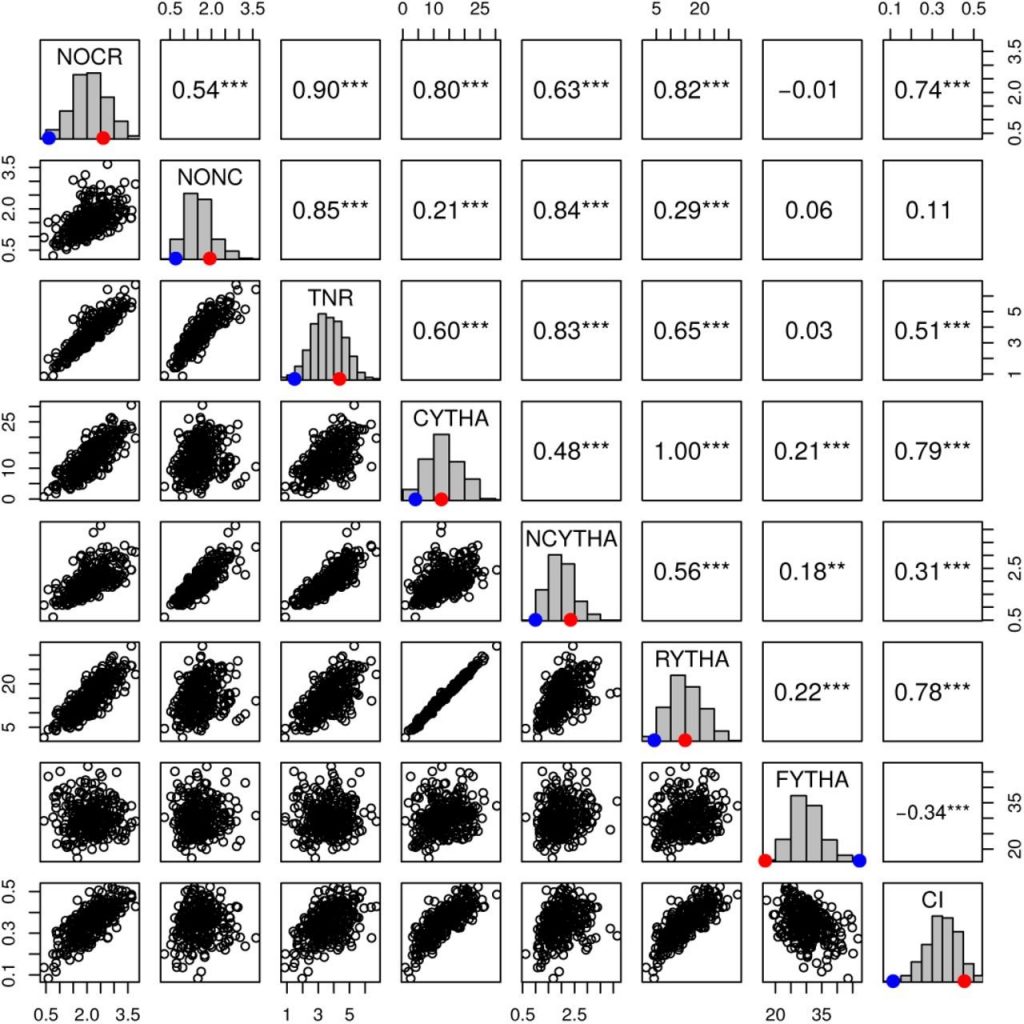
Multiple QTL mapping in autopolyploids: A random-effect model approach with application in a hexaploid sweetpotato full-sib population (Genetics)
Plant Science Research WeeklyGene mapping and QTL identification for the improvement of important traits have not been fully explored in an autopolyploid species like sweetpotatoes (2n=6x=90) due to its genetic complexity. Most sweet potato QTL mapping efforts have relied on models used for diploid species, leading to low density…
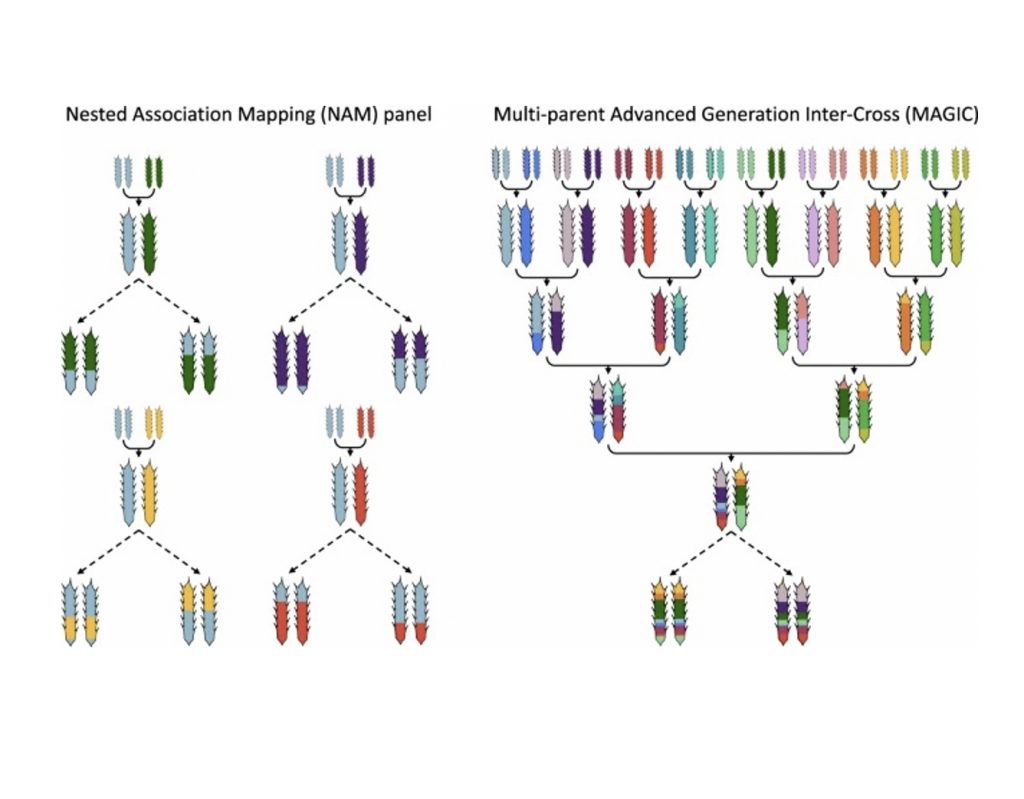
REVIEW: Multi-parent populations in crops: a toolbox integrating genomics and genetic mapping with breeding (Heredity)
Plant Science Research Weekly
Biparental populations (BPPs) obtained by crossing two diverse inbred lines have long been used for dissecting the complex traits owing to their simplicity, ease of development and high power of detecting QTLs with a few hundred markers genotyped. Nonetheless, poor resolution and low genetic diversity…
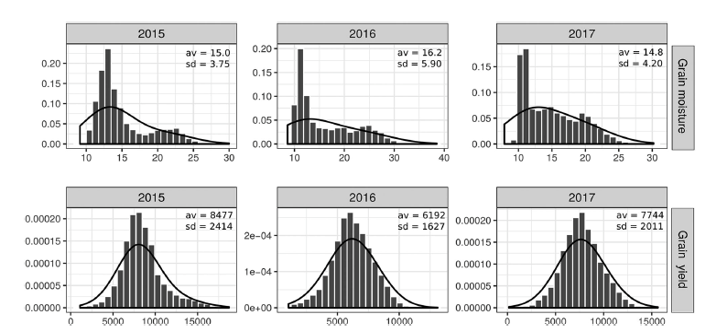
Improvement of predictive ability in maize hybrids by including dominance effects and marker x environment models ($) (Crop Sci.)
Plant Science Research WeeklyHeterosis is phenomenon that occurs when crossbred individuals show qualities (such as such as size, growth rate, fertility, and yield) that are superior to those of both parents. In maize, heterosis can be explained in terms of hybrid vigor, and this has been well studied using traditional breeding.…

A gene knock-out that leads to seedless parthenocarpic fruits in Solanaceae plants ($) (PNAS)
Plant Science Research WeeklyParthenocarpy, or the ability to make fruit without fertilization, is desirable for many reasons including the opportunity to make seedless fruits and a greater resiliency in crop production in the face of climate change. Matsuo et al. identified a new gene involved in parthenocarpy, starting with a…
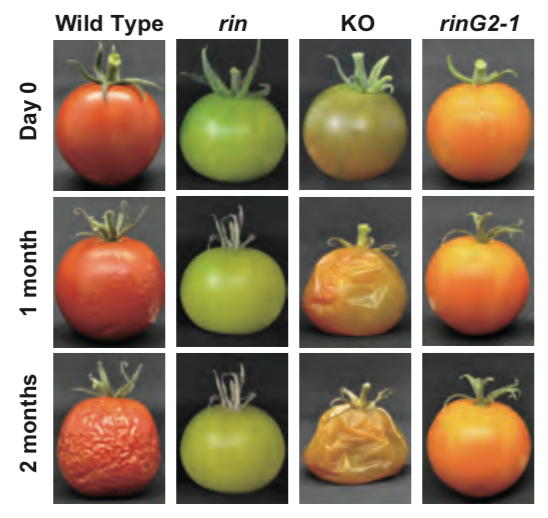
Allelic mutations in the Ripening-inhibitor (RIN) locus generate extensive variation in tomato ripening ($) (Plant Physiol)
Plant Science Research WeeklyRipened fruits attract animals to eat and disperse seeds, allowing propagation. Slowing down the fruit ripening process is often used commercially to decrease damage during transport and extend shelf life. Molecular (increased pigment, aroma, and flavor) and physiological (softened flesh) changes of…
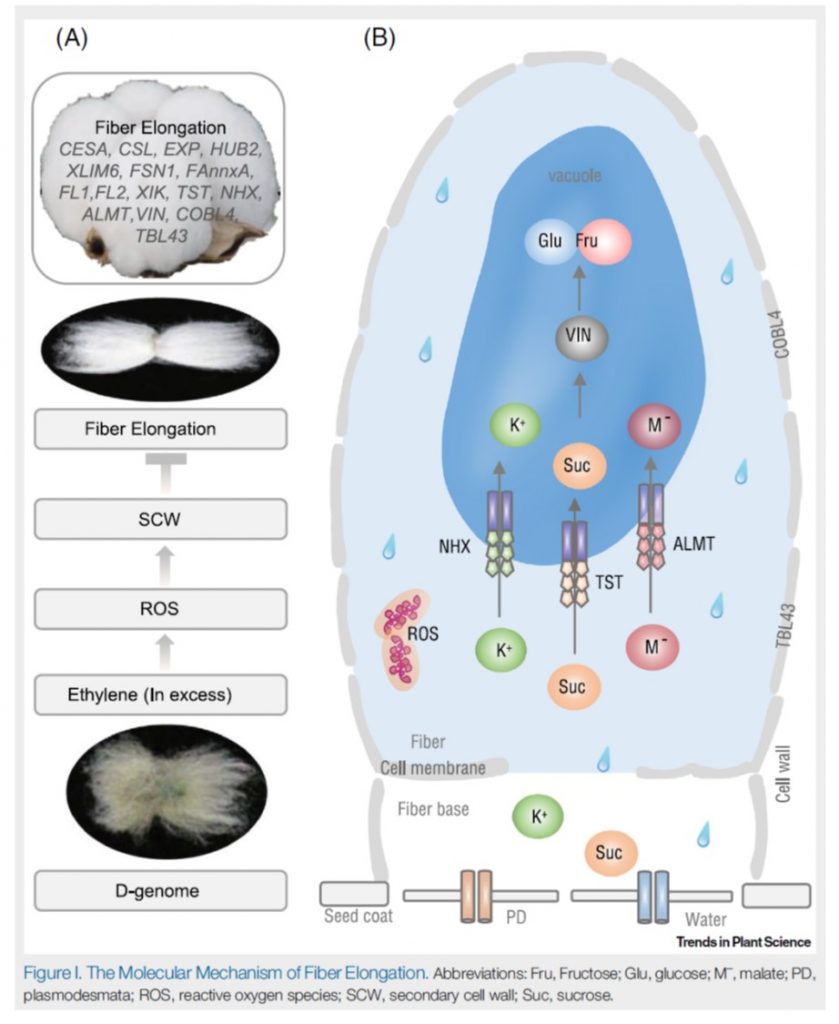
Review. Gossypium genomics: Trends, scope, and utilization for cotton improvement (Trends Plant Sci)
Plant Science Research WeeklyCotton (Gossypium spp.) provides the world’s most important natural fiber, and I suspect with our growing realization of the problems with plastics there will be still more demand for it. Yang et al. review the current state of Gossypium genomics. As a crop that has been domesticated for millennia,…
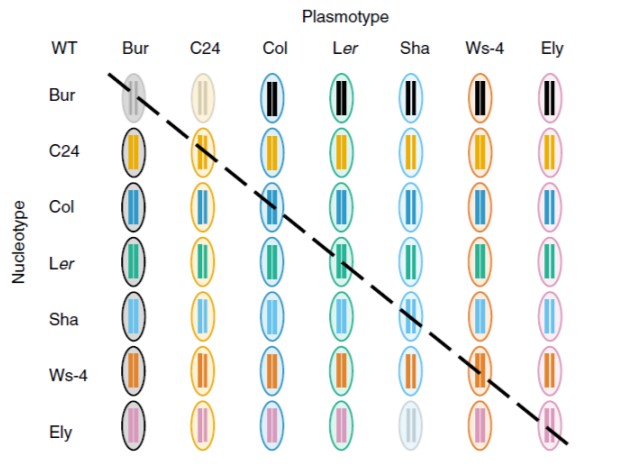
Reciprocal cybrids reveal how organellar genomes affect plant phenotypes (Nature Plants)
Plant Science Research WeeklyA cybrid is a cytoplasmic hybrid; in other words, a cell or organism in which the cytosolic genomes (mitochondria and plastid) have a different origin than the nuclear genome; the nuclear genome is inherited solely from the paternal parent, and the cytosolic genomes from the maternal parent. Starting…
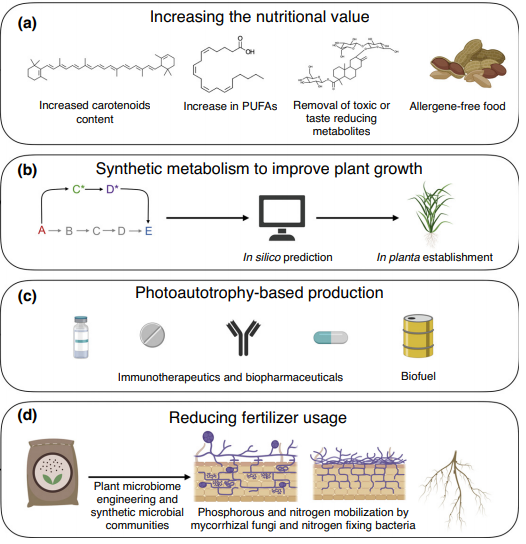
Review: The impact of synthetic biology for future agriculture and nutrition
Plant Science Research WeeklyThe synthetic biology field is going to be important for the decade we began in order to face climate challenges, including food security. However, plant synthetic biology lags behind bacterial and other eukaryotic systems. Roell and Zurbriggen summarize in this review, many of the projects that are…
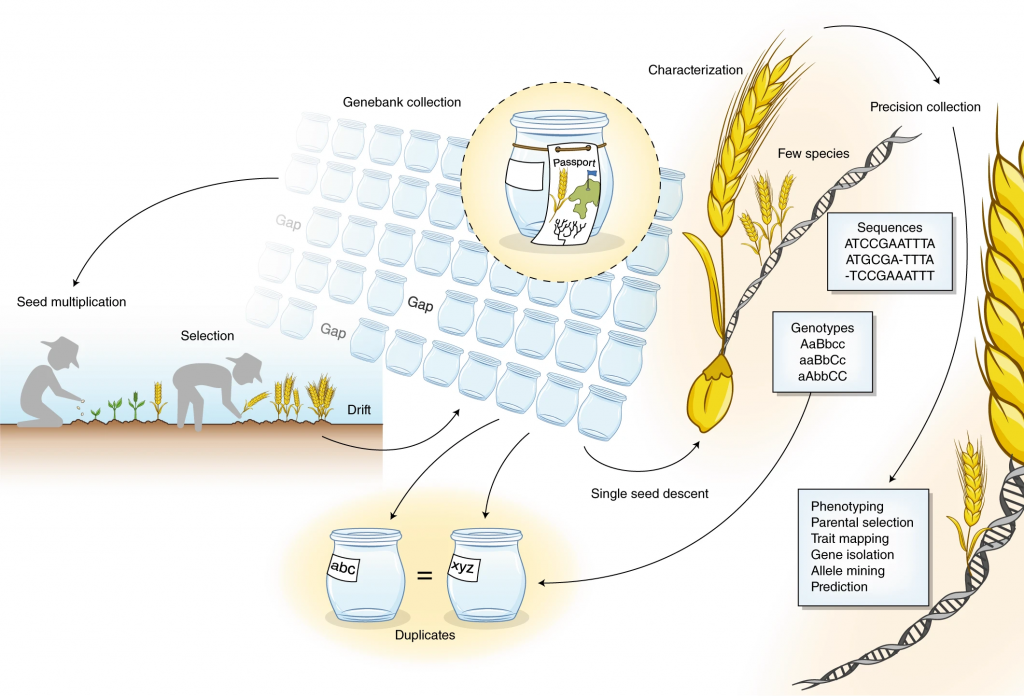
Review: Genebank genomics bridges the gap between the conservation of crop diversity and plant breeding (Nature Genetics)
Plant Science Research WeeklyCrop diversity is fundamental to safeguarding global food security. The high-yielding, input-responsive cultivars developed post-green revolution led to the replacement of traditional landraces that harbour beneficial genes and alleles governing biotic and abiotic stress resistance and nutritional quality…

